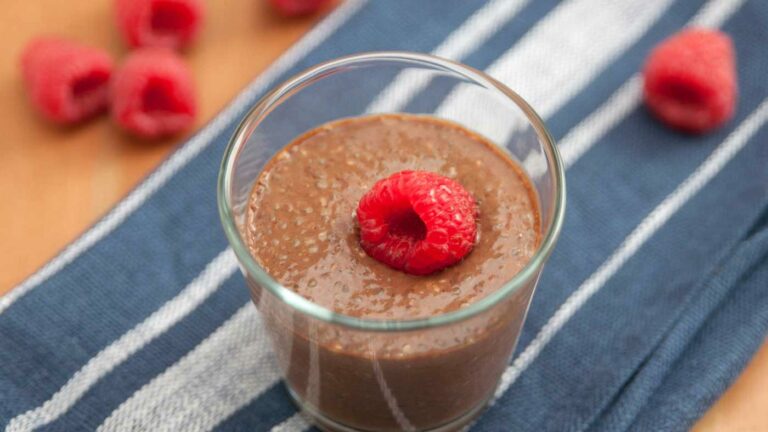Let’s talk about food synergy, with ideas of certain foods to pair together to optimize your nutrient intake and absorption for health.
I have partnered with the National Dairy Council to bring to you today’s topic, pairing dairy with plant-based foods for nutrient synergy and health.
Did you know that one single food group can’t provide all the nutrients we need to survive and thrive? That’s why it’s important to combine foods from different food groups like plants + dairy to optimize their unique benefits. Plus, combining certain foods together can help your body absorb certain nutrients better. Here are key things to know about food synergy, with ideas of foods to pair together for bone health and immune health.
What is Food Synergy?
To get started, what is food synergy? This is a term used to describe when two nutrients work together to provide a potential health benefit. And, who doesn’t like hearing to eat this AND that?
How to Better Absorb Nutrients
Some nutrients require others to be absorbed or for your body to fully optimize them. Plus, foods contain several nutrients that can work together. This is why I often take a food first approach versus supplements, because the food can work more synergistically than the nutrients in a multivitamin. While creating these pairings is something that can be helpful, it by no means has to be done at every meal.
Why to Pair Dairy and Plant Foods
We’ve talked about how dairy foods and plant-based foods together provide a superfood combo of protein, carbs, vitamins and minerals. This helps with satiety and weight management. But how do they benefit the body? There are two nutrient-focused dairy and plant food pairings I’m going to share with you today targeting:
- Bone health – vitamin D, calcium and magnesium
- Immune health – vitamins, minerals and protein
1. Bone Health – Vitamin D, Calcium, and Magnesium
Vitamin D regulates calcium levels in the body and is needed for calcium absorption. Without enough vitamin D, the body can’t absorb calcium, so it eventually starts to pull calcium from the bones.
Over time, this can lead to decreased bone mass and an increased risk of fracture.
Vitamin D is a bit more difficult to get in food, and during the winter months without as much exposure to the sun, many people are at risk of low Vitamin D levels. So, I’m sharing a recipe that can help contribute to your daily needs of both Vitamin D and calcium to focus on bone health.
Recipe Idea – Savory Quinoa and Egg Breakfast Bowl
Make a delicious Savory Quinoa and Egg Breakfast Bowl with quinoa with spinach, onion, olive oil, and an egg topped with cheese.
Why did I choose these ingredients? The cheese and spinach are calcium sources, and the egg is a vitamin D source; plus if you make the quinoa with milk, it adds more vitamin D. Spinach also is a source of magnesium which helps with vitamin D and calcium regulation.
- Vitamin D source – egg
- Calcium sources – cheese; spinach
2. Immune Health – Vitamins and Minerals
There is always a huge focus on Vitamin C for immune health. But there are actually many different vitamins and minerals that work together to also support immunity including but not limited to:
- Vitamin E
- Vitamin D
- Selenium
- Zinc
- Protein
Creating meals that pair dairy and plant-based foods can help you target these nutrients to help build a stronger immune system.
Recipe Idea – Raspberry Chocolate Avocado Pudding
I made a recipe that targets all of these nutrients – a raspberry chocolate avocado pudding with yogurt, cacao powder, avocado, and topped with almonds and raspberries.

These foods provide valuable immune-supportive nutrients like vitamins D and E, as well as minerals like selenium and zinc. Bonus: Yogurt also provides protein which is important to immune health and the fat from the avocado helps us absorb vitamins D and E.
- Vitamin E: avocado, almonds
- Vitamin D: vitamin D fortified yogurt
- Selenium: yogurt
- Zinc: yogurt, cacao powder
- Protein: Bonus immune-boosting nutrient in yogurt
Final Food Synergy Takeaways
While these food pairings can help optimize health, it’s important that the first objective of a healthy eating pattern should always be to include:
- quality carbohydrates including whole grains, legumes, fruits, and vegetables
- high-quality lean proteins
- healthy fats
When you feel confident in how you’re approaching your food choices, narrowing your focus even further to some of the nutrient synergy can give your health an extra boost. While this approach isn’t meant to be every meal, it can help remind you which nutrients to pay extra attention to.
For additional information and more about how to use dairy in your recipes go to USDairy.com.





